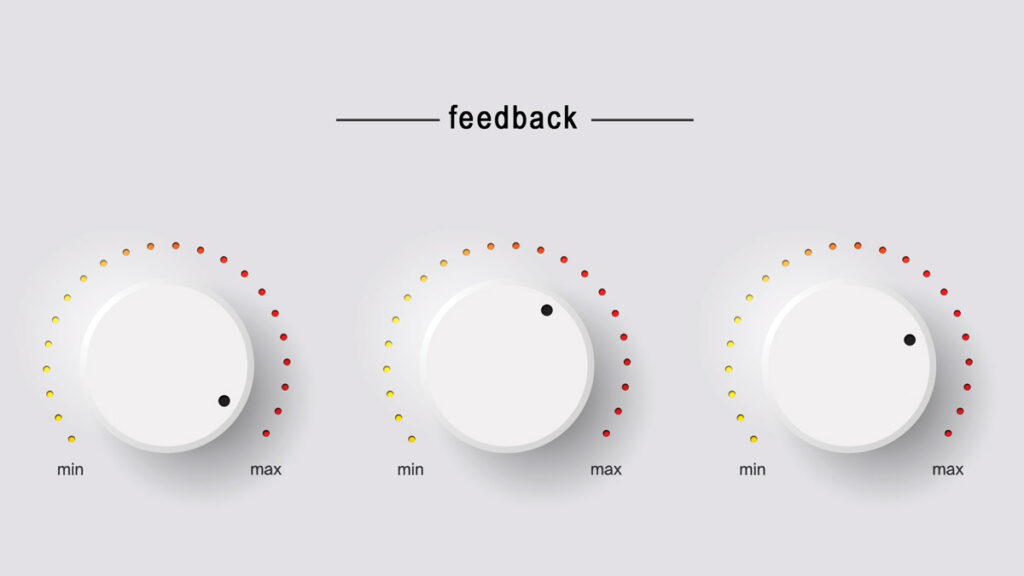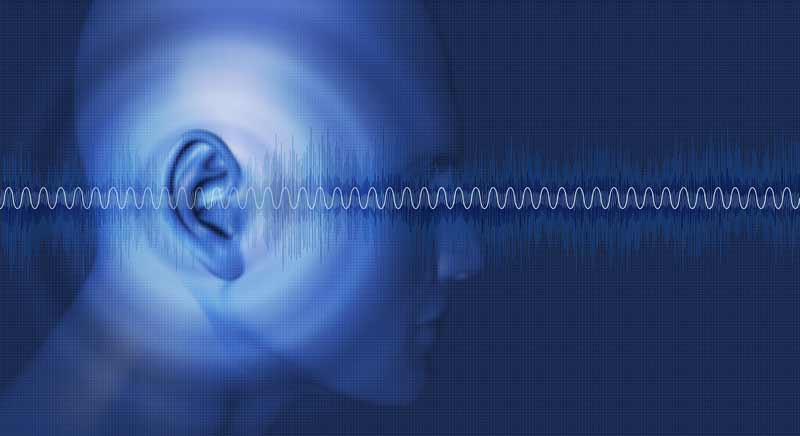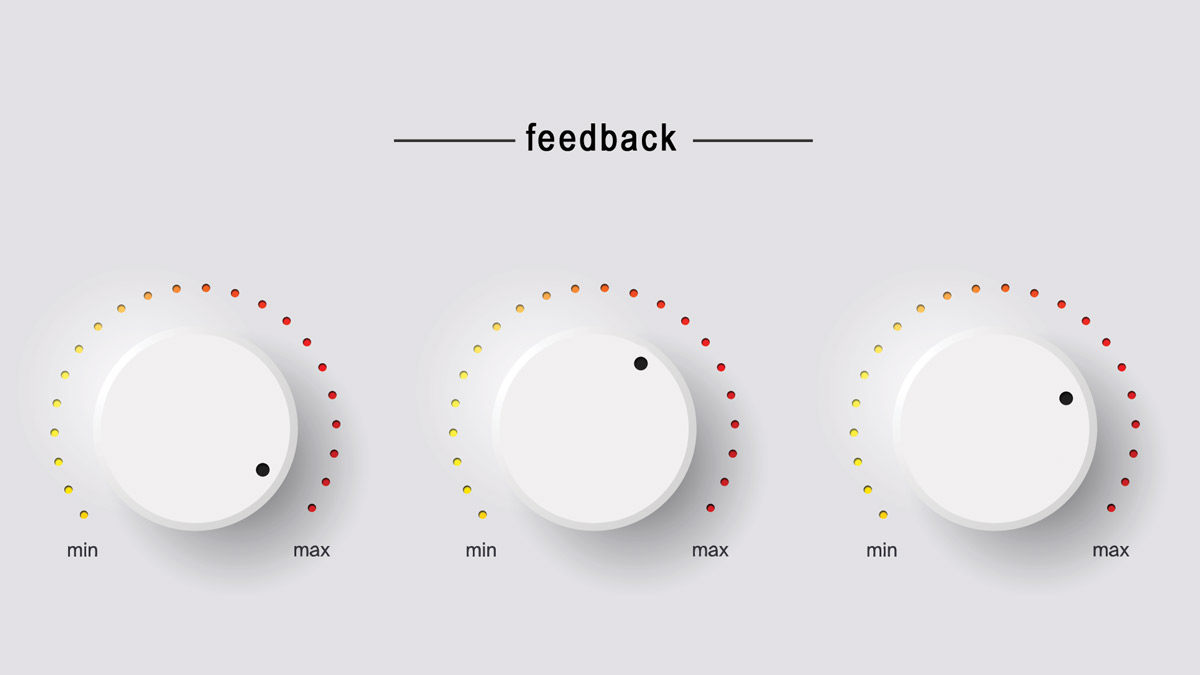
Introduction
Qualitative and quantitative feedback are two ways in which a coach can assess an athlete in both a learning and performance environment. Qualitative feedback is purely sensory and is often subjective in character. A coach observes his or her athlete for movement deviations, listens for inconsistent stride/stroke rhythms, etc. It can also come in the form of how the athlete “feels” during a movement. The information generated from this type of observation is qualitative because it focuses on and describes a particular quality of the task or the athlete. Quantitative feedback, on the contrary, is a numerical form of measurement that extrapolates specific quantifiable data such as speed, time, pace, jump height, force, etc. Quantitative data is inarguably a very objective form of feedback for the athlete, making it a reliable method for performance comparisons.
In this age of technology, we as coaches find ourselves overwhelmed with the surplus of electronic tools available to use with our athletes. This includes everything from multisport GPS watches and heart rate monitors, to accelerometers and power meters. It is difficult to imagine what training was like ten, twenty, or even forty years ago, when none of these functionalities existed. As a coach, there will be crossroads in an athlete’s career where his or her progression either plateaus or keeps rising due to the incorporation of some variability. This variation could be the simple addition of an electronic device to the athlete’s regimen, which could provide immediate, real-time performance feedback during and between trials or repeats.
The body’s sensory system is equipped with an inherent feedback scheme that provides internal evaluation of a performance (Eriksson, Halvorsen, & Gullstrand, 2011). When the athlete receives feedback from an external source, it is termed augmented feedback. This article will cover two types of augmented feedback: knowledge of performance and knowledge of results (Eriksson et al., 2011). Knowledge of results feedback focuses on the final numbers of a trial or competition, such as race time or jump height (Eriksson et al., 2011). Knowledge of performance feedback focuses on how the result was achieved (the athlete’s movement from start to finish). An example of this type of feedback measure would include ground contact times and horizontal/vertical displacement in a sprint start (Eriksson et al., 2011).
The human body naturally possesses a central governing protective system that controls motor output at a homeostatic level to prevent physiological catastrophe (Mauger, Jones, & Williams, 2011). In simple terms, an athlete is under a subconscious influence of training effort until external or internal motivation suffices to overcome that inherent regulation. Mauger et al. (2011) examined the effect of feedback on time-trial track cycling performance, based on the principle of motivational initiative. Positive feedback was given when the athlete was comparatively ahead of the previous trial, and negative feedback was given for when he or she was behind in performance (Mauger et al., 2011). The former caused a positive boost in motivation and performance, whereas the latter caused a demotivation effect (Mauger et al., 2011). Whenever possible, it is important for a coach to reinforce positive adaptations through appropriate feedback, in order to maximize athlete motivation and confidence. This will be important to keep in mind as the following electronic feedback tools are introduced.
Kinematics
Many sports utilize electronic feedback in training to gain an immediate vantage point through quantitative data. A study by Anderson, Harrison, and Lyons (2005) examined the use of immediate kinematic feedback in thirteen experienced rowers. Rowers were evaluated with accelerometry-based data and were placed in one of three categories: detailed feedback, summary feedback, and no feedback (Anderson et al., 2005). Although performance was not enhanced as a product of immediate feedback, consistency was significantly improved in the detailed feedback group as compared to the summary and no feedback participants (Anderson et al., 2005). Even summary feedback effectively improved upon the rower’s consistency in comparison to the no-feedback group (Anderson et al., 2005). Kinematic analysis is especially useful in a sport such as rowing since two athletes of equal physical fitness can perform very differently due to proficiency in the technical parameters of the sport. It is inherently more efficient to row at a constant speed rather than varying the power output throughout the race (Anderson et al., 2005). Early deviations from this constant movement pattern can be detected early through the use of feedback technology in situ (Anderson et al., 2005).
Another training tool used in the winter Olympic sport of luge is specific to arm stroke feedback (Lembert, Schachner, & Raschner, 2011). Arm stroke is a crucial component to the sliding start of the luge event. The arm stroke can result in up to 55% variance in final performance time if not optimized (Lembert et al., 2011). The kinematic and kinetic information from the Speedpaddler device generates corrective feedback regarding arm stroke cycle and velocity of the pull phase with the complimentary use of an accelerometer (Lembert et al., 2011). Determining coordination and power imbalances between arms is another useful function of this device (Lembert et al., 2011).
Consider the benefit of using electronic feedback to assess real-time weightlifting performance. The 1-rep max has always been the gold standard for assessing performance gains in strength athletes across numerous sports. However, this type of checkpoint assessment is not practical to test frequently and especially not to assess daily gains in performance and strength. Electronic accelerometry can be useful for the day-to-day monitoring of training sessions. Linear position transducers (LPTs) are an example of an accelerometry tool that measure the velocity of a lifted load in real-time (Jovanovic & Flanagan, 2014). In order to drive the highest neuromuscular adaptation to strength training, moving the load with the highest effort and maximum velocity is necessary (Jovanovic & Flanagan, 2014). This is especially important for speed-power athletes who are not necessary looking for absolute strength gains, but rather speed-strength and explosiveness, which are velocity-specific adaptations. LPTs can also be used to predict the 1-rep max at submaximal loads based on the load-velocity relationship, without having the athlete max out during a session (Jovanovic & Flanagan, 2014). These results support the use of accelerometry in the weight room in both an assessment and training tool capacity (Sato et al., 2012).
Sato, Sands, and Stone (2012) compared the peak barbell acceleration at different training intensities with the use of an accelerometer. There was no apparent change in barbell acceleration from 50-80% of the 1-rep max loads.However, from 80% and upwards, there was a decline in barbell acceleration as load increased (Sato et al., 2012). This would indicate both a fatigue component and a nearing of the 1-rep max threshold. From a training standpoint, the coach can determine the athlete’s 80% threshold velocity, after which performance declines and neuromuscular impairment occurs (Jovanovic & Flanagan, 2014). This numerical velocity can then be used to mark the end of a set in order to minimize athlete fatigue and recovery time.
Kinetics
Power meters are a popular tool for the advanced cycling and triathlon communities. One study compared the use of heart-rate technology to power meter technology and their effect on performance, power at lactate threshold, and VO2 max after interval training (Robinson, Plasschaert, & Kisaalita, 2011). Interval training had a positive effect on 20K time-trial performance in both groups and power at lactate threshold improved nearly 10%, but there was no significant advantage to using heart-rate over power meter technology or vice versa (Robinson et al., 2011). Heart rate monitors are cheaper but at the expense of precision. Which power meters compensate for with a higher price tag? It simply comes down to a matter of athlete preference.
Eriksson et al. (2011) investigated kinematic visual and auditory feedback on trained runners as they were used to improve running economy. Steady-state distance running is performed at a submaximal intensity determined by the runner’s fitness level. The amount of oxygen required to sustain a given pace at submaximal intensity is termed running economy (Eriksson et al., 2011). The less oxygen consumed at a given pace, the more economical the runner, and the greater the submaximal intensity threshold. Form and gait mechanics play a direct role in the amount of oxygen consumed per stride, so optimizing these kinematic influences will positively influence running economy.
The study placed a video monitor in front of the athlete running on a treadmill. The monitor showed three bars aligned side-by-side to depict vertical displacement, stride length, and power-consumption (Eriksson et al., 2011). The goal was to minimize (optimize) all three into the ideal kinematic ranges to maximize running economy (Eriksson et al., 2011). Auditory feedback complemented the visual component, creating awareness for the athlete to know when he or she was outside of the correct ranges (Eriksson et al., 2011). The benefit of this system is that the runner can minutely alter stride mechanics and directly visualize the effect it has on power output and energy expenditure over the course of a workout (Eriksson et al., 2011).
Auditory
Since the primary form of motor skill acquisition and production relies on visual stimuli, there is a degree of sensory overload when the feedback modality is also visual (Sigrist, Rauter, Riener, & Wolf, 2013). This can be prevented with the utilization of auditory feedback (Sigrist et al., 2013). Auditory alarms are commonly used for when a movement pattern surpasses a predefined threshold (Sigrist et al., 2013). For example, a GPS watch can be set to beep when a certain pace or target heart rate zone is not being achieved or is being overshot. The positive effects of altering the mode of feedback include a reduction in cognitive workload and dual-component learning (i.e. spatial and temporal stimuli, simultaneously) (Sigrist et al., 2013). By using more than one possible sensory input, the athlete receives the maximum quality of feedback stimulus without burdening one sensory process in the brain.

A novel method of real-time auditory feedback in speed skating is sonic synchronization (Godbout & Boyd, 2012). The sensor system tracks speed skating movements and aligns them with the movements of a model skater to detect anomalies in his or her stride (Godbout & Boyd, 2012). Corrective feedback can be immediately given to the athlete to help amend the issue (Godbout & Boyd, 2012). This is particularly helpful in optimizing the cross-over movement around the track’s curve since cross-overs are critical to top level performances (Godbout & Boyd, 2012). The specific ankle angle during this motion is critical to producing peak pressure on the ice and, thus, developing maximal speed (Godbout & Boyd, 2012). The sonification component comes into play when the apparatus is attached to the athlete’s skate in a manner which will emit a sawtooth tone when the ankle angle surpasses a threshold of prime alignment (Godbout & Boyd, 2012).
The Delivery
Many of today’s sports utilize electronic feedback in training to gain an immediate vantage point of athletes’ performance through quantitative data. The technological possibilities today have allowed coaches and athletes alike to constantly expand their horizons. The data produced from these innovative tools grants immediate, novel feedback to the athlete, regarding movement or performance outcomes (Phillips et al., 2013). Despite the unique advantage these tools offer, there is a lack of research on how to best implement them in training sessions. Phillips, Farrow, Ball, and Helmer (2013) discuss that feedback technology must satisfy these three criteria in order to be successful: accuracy and relevancy, appropriately timed, and decipherable to the athlete. As long as these three components are satisfied, the coach will have much success with helping an athlete learn with maximal retention.
There are two instances where feedback can be applied in the course of motor skill production. The first is concurrently, or in real-time, while the athlete is in action. Concurrent, as well as frequent, feedback has been found to be unfavorable in simple task execution, but beneficial for complex skills (Sigrist et al., 2013). This is thought to be due to cognitive overload in the early stages of learning a simple task (Sigrist et al., 2013). The second option is terminal feedback, which is given after the athlete has completed the movement. In the early learning phase, frequent terminal feedback has been found to be beneficial. As the fundamental base of the skill is acquired, the learner benefits from less frequent feedback of any modality (Sigrist et al., 2013). Self-controlled feedback has been found to empower performance greater than feedback controlled by the coach (Sigrist et al., 2013). In this case, the athlete decides when he or she wants to receive the feedback, promoting autonomy and self-efficacy in the process (Sigrist et al., 2013). This directly plays into the motivational component mentioned previously.
Coaching feedback may seem like it would always create a positive adaptation in the athlete receiving the information. However, this is not always the case. There are several variables that affect the athlete’s ability to process and retain the feedback information. Januario and Rosado (2013) found three main affective variables to be most influential on the athlete’s retention: practice level, attention, and volume of the feedback. If these three variables are individualized per athlete, the coach can deliver maximally effective feedback during training. Athletes have selective perception, retention, and memory. (Januario & Rosado, 2013). Attaching meaning to select feedback messages will help the athletes to understand the value of the tools at work (Januario & Rosado, 2013). Ultimately, athletes need to recreate dynamically a movement exercise based on the feedback information received in the environment, regardless of the electronic equipment chosen for use (Januario & Rosado, 2013). It is the coach’s responsibility to respect the sensory system, not subjecting athletes to information overload. Coaches who tailor their conveyance based on the criteria of athlete skill level, attention, and volume will be ever more successful in their delivery of feedback.
Please share this article so others may benefit.
[mashshare]References
Anderson, R., Harrison, A. & Lyons, G. M. (2005). Accelerometry-based feedback: Can it improve movement consistency and performance in rowing? Sports Biomechanics, 4(2), 179-195.
Eriksson, M., Halvorsen, K. A., & Gullstrand, L. (2011). Immediate effect of visual and auditory feedback to control the running mechanics of well-trained athletes. Journal of Sports Science, 29(3), 253–262.
Godbout, A. & Boyd, J. E. (2012). Rhythmic sonic feedback for speed skating by real-time movement synchronization. International Journal of Computer Science in Sport, 11(3), 37-51.
Januario, N. M. S. & Rosado, A. F. (2013). Variables affecting athletes’ retention of coaches’ feedback. Perceptual and Motor Skills: Learning & Memory, 117(2), 389-401.
Jovanovic, M. & Flanagan, E. P. (2014). Researched applications of velocity-based strength training. Journal of Australian Strength and Conditioning, 22(2), 58-69.
Lembert, S., Schachner, O., & Raschner, C. (2011). Development of a measurement and feedback training tool for the arm strokes of high-performance luge athletes. Journal of Sports Sciences, 29(15), 1593-1601.
Mauger, A. R., Jones, A. M., & Williams, C. A. (2011). The effect of non-contingent and accurate performance feedback on pacing and time trial performance in 4-km track cycling. British Journal of Sports Medicine, 45, 225-229.
Phillips, E., Farrow, D., Ball, K., & Helmer, R. (2013). Harnessing and understanding feedback technology in applied settings. Sports Medicine, 43, 919-925.
Robinson, M. E., Plasschaert J., & Kisaalita, N. R. (2011). Effects of high intensity by heart rate or power in recreational cyclists. Journal of Sports Science and Medicine, 10, 498-501.
Sato, K., Sands, W. A., & Stone, M. H. (2012). The reliability of accelerometry to measure weightlifting performance. Sports Biomechanics, 11(4), 524-531.
Sigrist, R., Rauter, G., Riener, R., & Wolf, P. (2013). Augmented visual, auditory, haptic, and multimodal feedback in motor learning: A review. Psychon Bull Rev, 20, 21-53.



